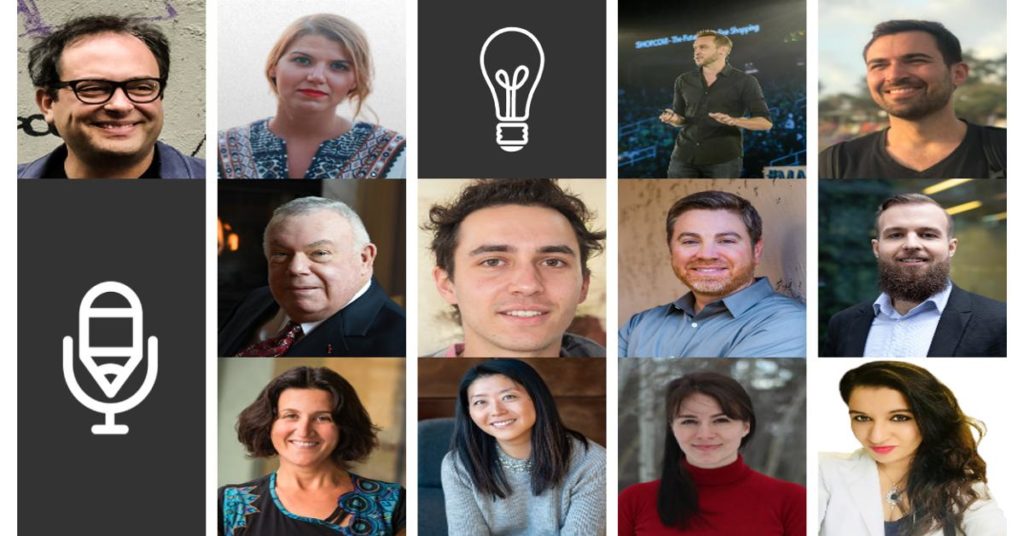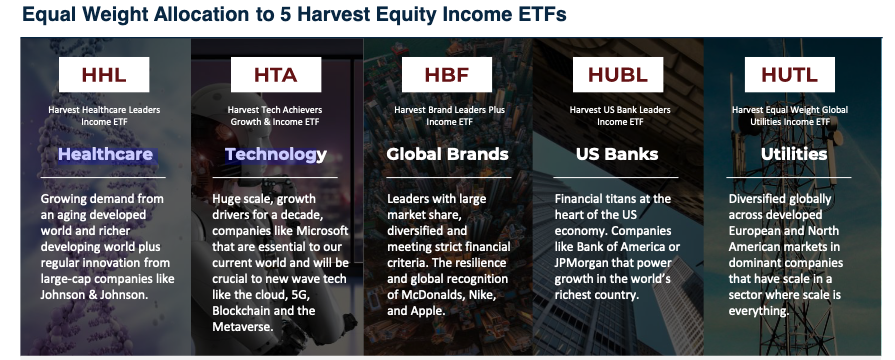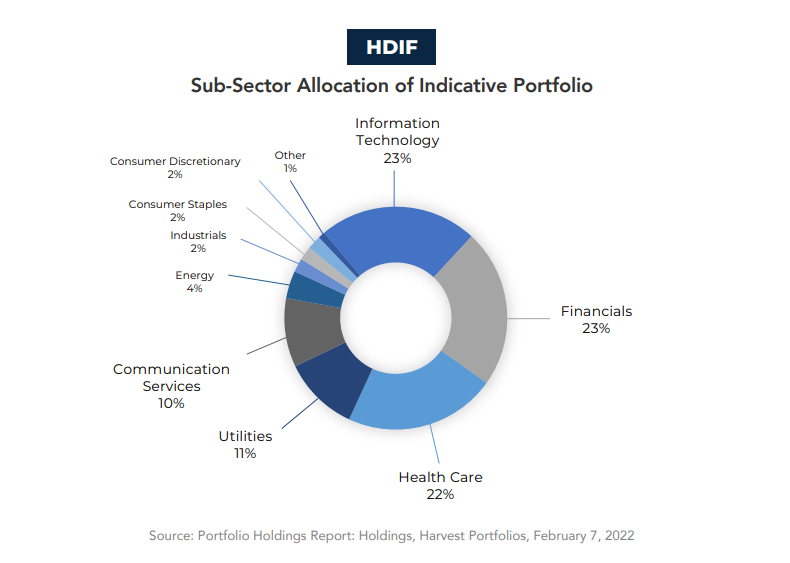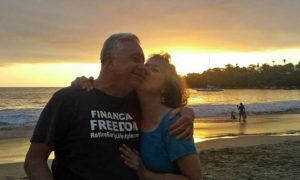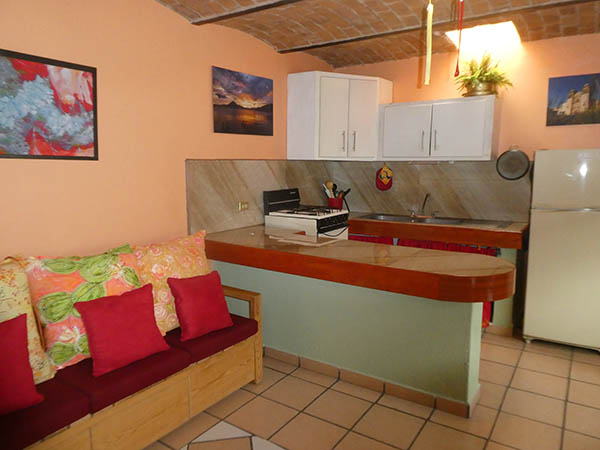What is one creative way to earn money post-retirement?
To help retirees find creative ways to earn money, we asked business consultants and entrepreneurs this question for their best tips. From offering peer-to-peer storage to substitute teaching, there are several creative ways that may help you earn money and stay active post-retirement.
Here are 12 creative ways to earn money post retirement:
- Peer-to-Peer Storage
- Lease a Car On Turo
- Become a Movie Extra
- Get a Part-time Audio Transcription Job
- Freelance Writing
- Consider Airbnb
- Rent Out Property
- Try Driving
- Affiliate Marketing
- Blogging
- Become a Consultant
- Become a Substitute Teacher
Peer-to-Peer Storage
During retirement, many folks seek out sources of passive income like renting, yet often want to avoid the responsibilities and potential problems associated with landlordship. Peer-to-peer storage is a creative compromise. Instead of renting out living space, owners can rent out storage space, such as garages, spare rooms, and closets. These arrangements tend to be easier to end if necessary than tenancies, and involve much less interaction with renters. Retirees are likely to have some extra space in their houses, and putting these rooms to work is a great way to generate extra revenue. — Michael Alexis, TeamBuilding
Lease a Car on Turo
Services like Turo allow customers to borrow someone else’s car for a set period of time. Why not lease out your car to them? Yes, if you’ve got a car, or multiple cars, then you’re ready to become a car-sharing entrepreneur. Some people can earn $10,000 or more by sharing their cars on Turo. The more cars you offer, the more you can earn! — Brian Greenberg, Insurist
Become a Movie Extra
Although it is usually not a very profitable venture, it can become a lifestyle for many. Playing a small part or a background role in TV or cinema productions can be very enjoyable and allow to meet interesting people and even see famous actors. After establishing relationships with casting agencies, it is relatively easy to find some gigs regularly. That’s especially the case for productions recorded during working hours when most professionals are busy with their 9-5s. — Michael Sena, SENACEA
Get a Part-time Audio Transcription Job
Audio transcription is the process of typing out recorded audio, such as podcasts, business meetings, and qualitative research interviews. Transcription agencies regularly hire typists to work 100% remotely as independent contractors. The work is often flexible and can be done on your own schedule. When applying for a transcription job, you’ll usually required to complete an aptitude test that involves transcribing some sample audio. — Chloe Brittain, Opal Transcription Services
Freelance Writing
A great backup plan or extra income is freelance writing. There are so many writing opportunities and contracts for part-time work or a side hustle. Fiverr is an easy place to find extra writing work on the side, you can create your own profile and upload previous work for companies to find and hire you. Plus, you can work from home with freelance writing. — Michael Jankie, Natural Patch
Consider Airbnb
If you have an extra room or an extra property you only make use of seasonally, you may want to consider listing it on Airbnb. Hotels are often too expensive or inconvenient for some travelers, making Airbnb an attractive alternative. You can be as involved in running your Airbnb as you want, or take a largely hands-off approach to making money post-retirement. — Lily Yu, Oak Springs Realty
Rent out Property
One popular option for retirees and senior citizens with extra space or multiple properties is to rent out their spare rooms and suites to people looking for short-term housing options. This can be especially beneficial if you own a vacation property that you only use sparingly but would like to earn an extra income. Many websites allow people to find renters quickly, so take some time to research which ones are best suited to your needs. — Chris Thompson, Backdoor Survival
Uber or Lyft Driving
The best Uber and Lyft drivers I’ve encountered have been retirees. They’re working because they want to, not because they have to. They’re upbeat, conversational, and usually know the geography of the area like the back of their hand.
If you’re retired and don’t like sitting around the house all day, why not carve out a few hours of your afternoon giving people a lift (no pun intended)? If you live in proximity to the airport, most of your customers will be people from out of town that you will enjoy conversing with. It’s an easy way for retirees to earn extra spending money and passengers generally enjoy their company. — Jon Carder, Vessel Health
Affiliate Marketing
Affiliate marketing is one of the most effective strategies to boost retirement income. Once set up, it will continue to generate income pretty much without any intervention. And there lies the appeal, it can be completely passive or operated with just a few hours a week and the help of a virtual assistant, or a younger family member. Continue Reading…

